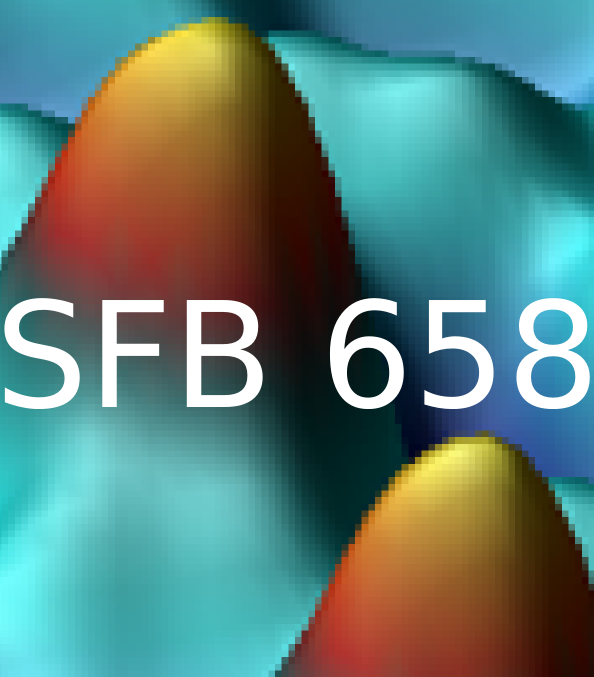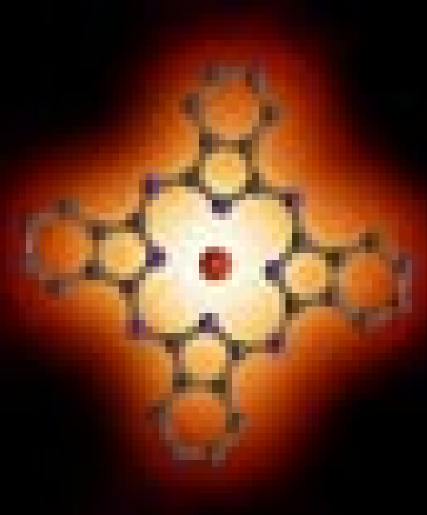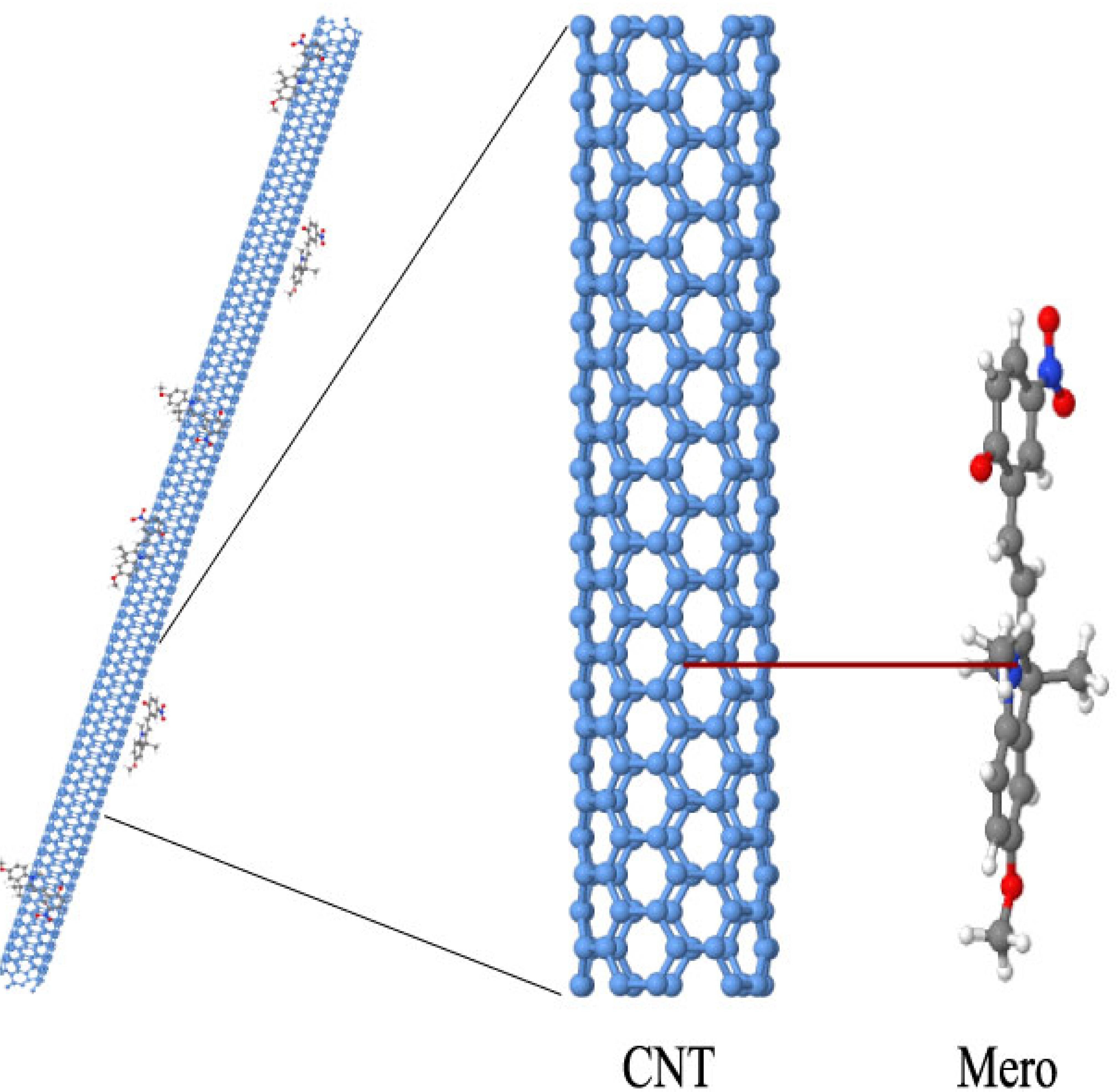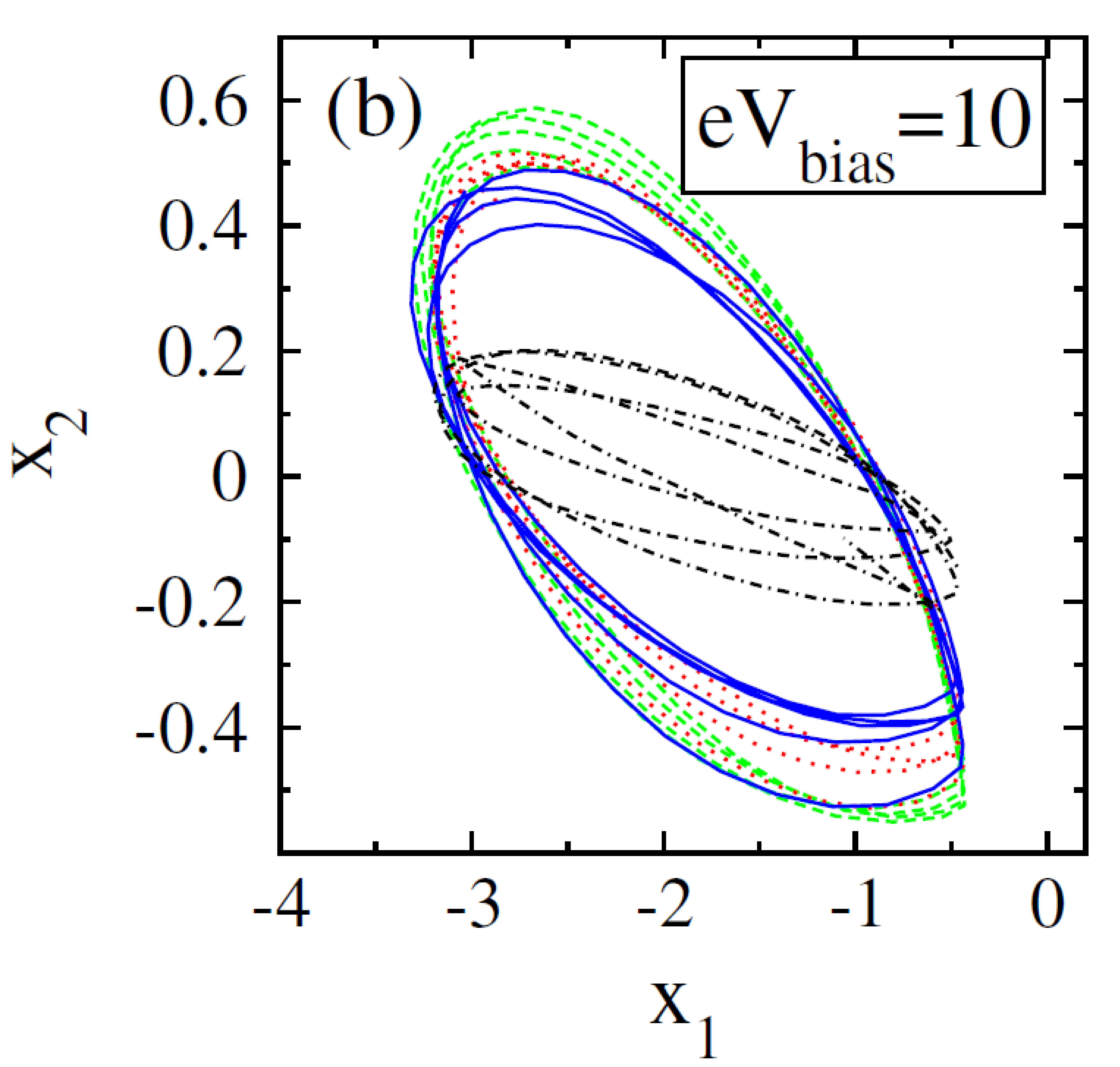2011
2013 2012 2011 2010 2009
Research Highlights 2011
 |
Z. Yu and S. Hecht Reversible and quantitative denaturation of amphiphilic oligo(azobenzene) foldamers Angew. Chem. Int. Ed. Engl. 50, 1640-1643 (2011) |
Abstract. Light-driven spring: Smart photoswitchable foldamers composed entirely of azobenzene repeat units adopt stable helical structures in the dark and can be readily and reversibly unfolded upon UV irradiation as indicated by vanishing circular dichroism signals (see picture). Variation of the oligomer length leads to optimization of the performance of the foldamers and hence quantitative light-induced unfolding and re-folding.
 |
K. J. Franke, G. Schulze, and J. I. Pascual Competition of Superconducting Phenomena and Kondo Screening at the Nanoscale Science 332, 940 (2011) |
Abstract. Magnetic and superconducting interactions couple electrons together to form complex states of matter. We show that, at the atomic scale, both types of interactions can coexist and compete to influence the ground state of a localized magnetic moment. Local spectroscopy at 4.5 kelvin shows that the spin-1 system formed by manganese-phthalocyanine (MnPc) adsorbed on Pb(111) can lie in two different magnetic ground states. These are determined by the balance between Kondo screening and superconducting pair-breaking interactions. Both ground states alternate at nanometer length scales to form a Moiré-like superstructure. The quantum phase transition connecting the two (singlet and doublet) ground states is thus tuned by small changes in the molecule-lead interaction.
 |
E. Malic, C. Weber, M. Richter, V. Atalla, T. Klamroth, P. Saalfrank, S. Reich, and A. Knorr Phys. Rev. Lett. 106, 097401 (2011) |
Abstract. The adsorption of molecules to the surface of carbon nanostructures opens a new field of hybrid systems with distinct and controllable properties. We present a microscopic study of the optical absorption in carbon nanotubes functionalized with molecular spiropyran photoswitches. The switching process induces a change in the dipole moment leading to a significant coupling to the charge carriers in the nanotube. As a result, the absorption spectra of functionalized tubes reveal a considerable redshift of transition energies depending on the switching state of the spiropyran molecule. Our results suggest that carbon nanotubes are excellent substrates for the optical readout of spiropyran-based molecular switches. The gained insights can be applied to other noncovalently functionalized one-dimensional nanostructures in an externally induced dipole field.
 |
N. Bode, S. Viola Kusminskiy, R. Egger, and F. von Oppen Scattering theory of current-induced forces in mesoscopic systems Phys. Rev. Lett. 107, 036804 (2011) |
Abstract. We develop a scattering theory of current-induced forces exerted by the conduction electrons of a general mesoscopic conductor on slow “mechanical” degrees of freedom. Our theory describes the current-induced forces both in and out of equilibrium in terms of the scattering matrix of the phase-coherent conductor. Under general nonequilibrium conditions, the resulting mechanical Langevin dynamics is subject to both nonconservative and velocity-dependent Lorentz-like forces, in addition to (possibly negative) friction. We illustrate our results with a two-mode model inspired by hydrogen molecules in a break junction which exhibits limit-cycle dynamics of the mechanical modes.
 |
N. Severin, M. Dorn, A. Kalachev, and J. P. Rabe Replication of single macromolecules with graphene Nano Lett. 11, 2436-2439 (2011) |
Abstract. The electronic properties of graphenes depend sensitively on their deformation, and therefore strain engineered graphene electronics is envisioned.(1-3) In order to deform graphenes locally, we have mechanically exfoliated single and few layer graphenes onto atomically flat mica surfaces covered with isolated double stranded plasmid DNA rings. Using scanning force microscopy in both contact and intermittent contact modes, we find that the graphenes replicate the topography of the underlying DNA with high precision. The availability of macromolecules of different topologies, e.g., programmable DNA patterns,(4) render this approach promising for new graphene based device designs.(1, 3) On the other hand, the encapsulation of single macromolecules offers new prospects for analytical scanning probe microscopy techniques.
 |
D. Bléger, T. Liebig, R. Thiermann, M. Maskos, J.P. Rabe, and S. Hecht Angew. Chem. 50, 12559-12563 (2011) |
Abstract. Light can play: Irradiation causes dramatic changes in the shape of rigid-rod polymers incorporating azobenzene photochromes in the main chain. The embedded photoswitches act as hinges, which upon light-induced isomerization lead to reversible shrinking and stretching of the polymer backbone (see scheme), resembling light-orchestrated macromolecular accordions.